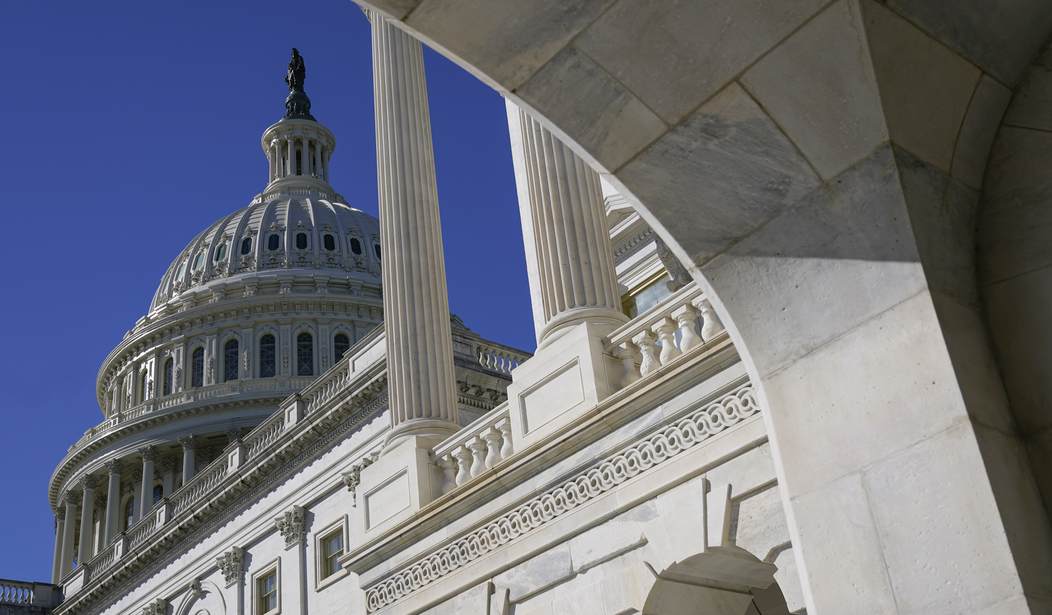The United States has been a worldwide leader in innovation since its founding in the late 18th Century. This is because as a nation, we have respected intellectual property rights and thus incentivized and encouraged innovation. From the moment of our founding, intellectual property rights have been an integral part of our economic development. The reason for this is very simple, our Constitution specifically gave Congress the power to create a patent and copyright system designed to promote science, innovation and creativity. And as one of Congress’ first acts, it did precisely that.
This created a firm foundation for innovation. When there is economic and regulatory freedom and when property rights are respected, private enterprise will heavily invest to innovate, and create new technologies to solve real world problems and provide valuable goods and services to the public. This has fueled America’s economic might and it should not be forgotten as we try to get our nation back on track economically.
While there is no doubt that our nation’s protection of intellectual property rights has been a big part of our nation’s success story, like anything that is good, it can be misused and even distorted and thus become a negative. For example, the U.S. Patent and Trademark Office combined with judicial activists has created an untenable situation where design patents have morphed into a situation that does more to prevent innovation and stop competition than to protect or encourage real innovation.
Historically, design patents have covered the design of an entire patented product. But now, unelected bureaucrats and some unelected judges have changed the concept of a design patent to mean that individualized parts of the larger patented product are also covered. The statute never contemplated that. It took judicial activism and a U.S. Patent and Trademark Office looking to expand its influence to come up with this distortion of the law.
Recommended
This dramatic expansion of design patents well beyond where they were originally intended has made it increasingly expensive to repair a car after an accident. Car repair prices are rising much faster than overall inflation. Ordinary things like fenders and taillights are no longer subject to competition. As a result, auto parts are more scarce and more expensive. That drives not only the price of the auto repair up, but it also drives the price of automobile insurance up.
The whole point of a patent is to protect a significant innovation — not allow a business to limit competition and drive prices up for items that are not truly a significant innovation. There is no doubt that patents are important and that intellectual property should be respected and protected by the law, but expanding the concepts beyond their intended purposes doesn’t help. In fact, it harms consumers and creates real problems and imposes real costs.
The morphing and changing of the actual meaning of a design patent has allowed automobile design patents to mean that even parts like: headlights, taillights, fenders, bumpers, etc. are covered by the patent. This means that consumers and businesses cannot buy alternative or competing parts. That means repairs cost more, can take longer, and consumers have fewer choices.
To address this morphing of the law and set it back closer to where it used to be before activist judges and a power hungry Patent Office messed things up, Congress is moving to correct the situation. Darrel Issa, Chairman of the Subcommittee on Courts, Intellectual Property and the Internet has introduced a bill with bipartisan support to fix this problem. The Save Money on Auto Repair Transportation (SMART) Act would narrowly amend the design patent law to give car manufacturers 2.5 years rather than 14 years to enforce design patents on collision repair parts — things like fenders, quarter panels, doors, mirrors, taillights, etc.
This will increase competition and consumer choice when it comes to auto repairs and reduce costs — not only for the repairs themselves, but also for automobile insurance. And the truth is, it won’t reduce incentives for real innovations. So this bill will continue our history of respecting property rights, without harming the incentives to innovate while punctuating the right of consumers to make choices about how best to repair their vehicles. That is what is called a win-win.

























Join the conversation as a VIP Member